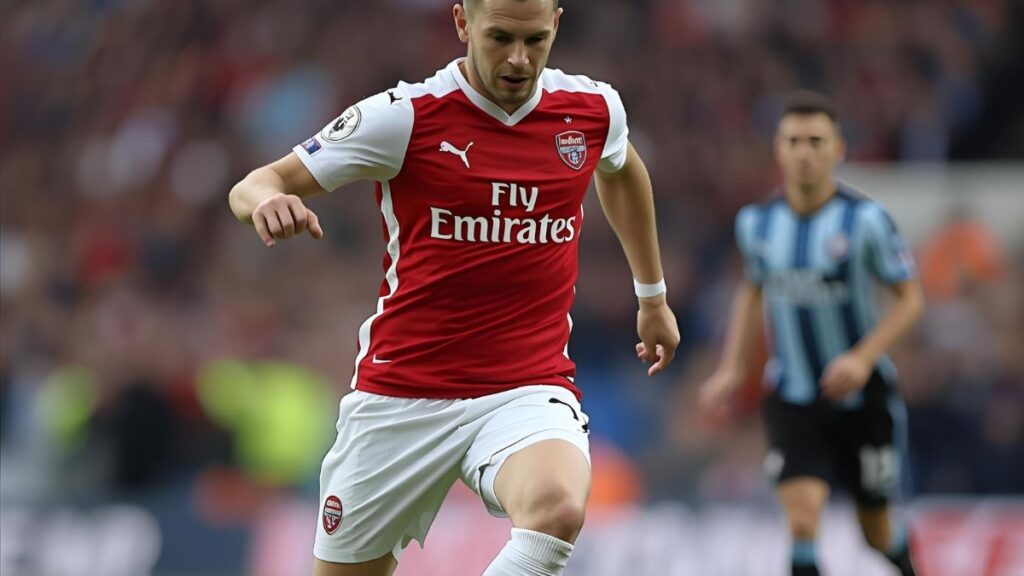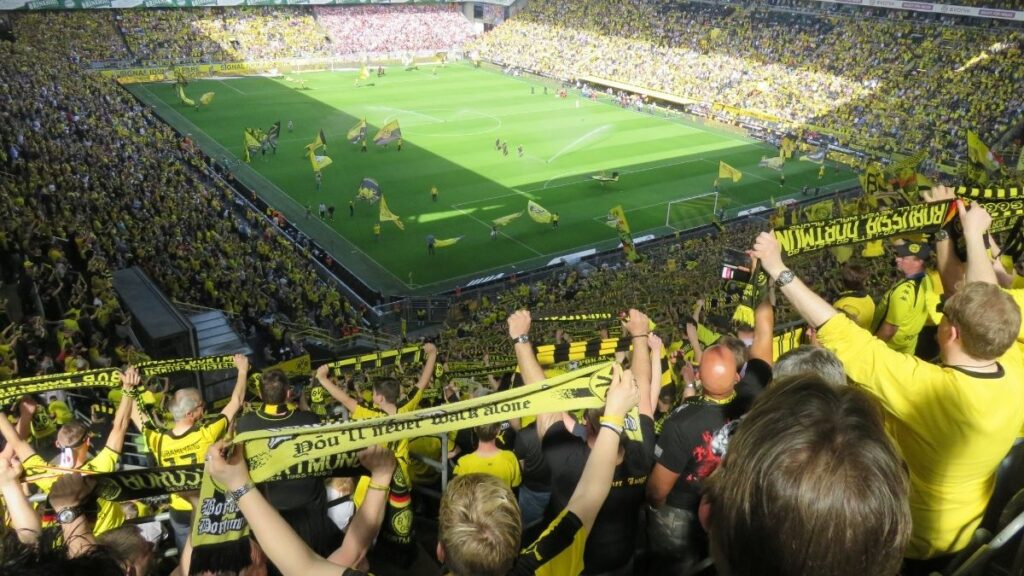Boost your betting experience and get up to $200 bonus right now!
The seismic shifts gripping European football club ownership in 2025 are rewriting the landscape in ways fans and pundits are still processing. This year has seen some of the continent’s most iconic clubs change hands under a cloud of strategic ambition and financial engineering that would have seemed outlandish just a decade ago. From historic giants like Manchester United and AC Milan to emergent forces such as Newcastle United, ownership changes are reverberating far beyond boardrooms, reshaping club identities, cultures, and sporting aspirations.
The wave of transactions arose amid global economic uncertainties and evolving investor appetites, with private equity and multi-club ownership groups expanding their footprint at an unprecedented pace. This dynamic environment means clubs aren’t just isolated assets anymore but rather pivotal nodes in sprawling networks spanning continents. Multi-club ownership has doubled in the last decade, turning ownership into theatrical plays of balancing tradition and commercial pressures.
At the heart of these ownership overhauls are stories of tactical reinventions and fresh visions. Clubs like Chelsea and Paris Saint-Germain, once known for emphatic, individualistic ownership models, are now blending private equity strategies that promise profit but also raise questions about club culture and fan engagement. Meanwhile, stalwarts like Real Madrid and FC Barcelona face internal pressures shaped by these movements, as the shifting league power balances become increasingly palpable on and off the pitch.
With UEFA’s latest reports highlighting a steep climb in private capital involvement across the “Big Five” leagues—England, Spain, Germany, Italy, and France—these changes are more than isolated incidents; they define the very fabric of European football’s next era. This evolving scene means that fans witnessing a transfer in ownership are not merely spectators of financial transactions but key participants in a broader story where tradition clashes with innovation, and passion confronts profit.
How Multi-Club Ownership Is Redefining European Football Power Structures
Multi-club ownership (MCO) has shifted from a curiosity to a dominant strategy in European football’s financial ecosystem by 2025. Rather than investing in isolated clubs, groups like The Friedkin Group and other private equity investors are acquiring multiple teams across different leagues, converting them into interconnected assets designed to synergize sporting performance, talent development, and commercial expansion.
This model offers numerous advantages. Firstly, talent can be developed or loaned internally within the network with fewer bureaucratic bottlenecks, providing a pipeline for rising stars. RB Leipzig’s model serves as an emblem of this system’s potential: by strategically signing young talent and moving them within their affiliated clubs, they maintain competitive advantage while spreading financial risk.
Secondly, MCOs leverage commercial synergies across clubs. Sponsorship deals, broadcasting rights, and global marketing campaigns can be bundled, significantly increasing consistent revenue streams. Investors view this as a safer, more predictable form of capital deployment. This trend is especially apparent with multi-club owners linking Premier League entities like Manchester United and Newcastle United to clubs in Serie A and Ligue 1.
Yet, this rising trend invites a complex set of challenges, especially regarding club identity and fan loyalty. Critics argue that MCOs risk commodifying clubs, transforming rich histories and local cultures into mere nodes in a corporate web. The backlash is most vocal among traditional fan bases who cherish community and identity over abstract shareholder value.
- Key advantages of multi-club ownership include enhanced player development and commercial integration.
- The Friedkin Group’s portfolio highlights strategic acquisitions across Europe linking Serie A and other leagues.
- Rivalries and cultural identities are at risk as clubs become parts of larger conglomerates.
- There are regulatory debates about the impact on competitive integrity across related clubs.
| Group | Clubs Owned | Leagues Represented | Known Strategy |
|---|---|---|---|
| The Friedkin Group | 3 | Serie A, Ligue 1, Premier League | Talent pipeline & market expansion |
| Red Bull GmbH | 5 | Bundesliga, Ligue 1, MLS, Austrian Bundesliga | Youth development & brand cohesion |
| City Football Group | 10 | Premier League, MLS, Ligue 1, Eredivisie | Global brand & cross-league synergy |
For fans wanting to dive deeper into how clubs like AC Milan have merged tradition with new ownership models, this exploration of Serie A supporters’ experiences offers a compelling read. As the business side becomes more intertwined with the culture of football fandom—so eloquently explored in writings around fanhood and community—clubs now walk a tightrope between identity preservation and commercial pragmatism.

Major Ownership Changes at Europe’s Historic Giants: What It Means for Manchester United and FC Barcelona
Change at the summit has been most striking at clubs steeped in history and global fanbases. Manchester United’s 2025 ownership shake-up, for instance, marks a turning point in the English football scene. Previously entangled in bureaucratic inertia, the club now falls under an ownership consortium aiming to blend traditionalism with pragmatism, capitalizing on player development and global branding.
This marks a break from earlier private-owner models, with a renewed emphasis on sustainability aligned with competitive ambitions. Fans have already noticed changes in the lineup, with younger talents brought through as part of a revised club strategy — made transparent in detailed squad analyses like those found in Manchester United’s 2025 player review.
Similar undercurrents sweep through Barcelona, where a deal partially settling internal debts introduced new stakeholders. Unlike traditional outright purchases, this arrangement represents a financial recalibration with major ownership implications. Barcelona’s blueprint now focuses on balancing financial health with on-field success, a delicate dance amid La Liga’s competitive pressure.
- Manchester United’s new ownership introduces a hybrid business-sporting model.
- Barcelona implements debt-settlement ownership, redefining club governance.
- Legacy clubs face pressure to modernize while preserving traditional fan engagement.
- League dynamics shift as these changes influence transfer policies and financial fair play compliance.
| Club | Previous Owner | New Ownership Model | Impact Highlights |
|---|---|---|---|
| Manchester United | Private Consortium | Hybrid Traditional/Investment Group | Focus on youth talent and global brand leverage |
| FC Barcelona | Member-Based Club + Debt Holders | Debt Settlement with External Investors | Financial restructuring and governance overhaul |
The pressure to perform under new ownership structures also shines a spotlight on managerial roles. To understand how these changes cascade down and impact the coaching staff and club hierarchy, exploring the evolving pressure on managers is illuminating and essential reading for those interested in football’s behind-the-scenes dynamics.

Financial Trends Behind Rising Private Equity Interest in Bundesliga and Ligue 1 Clubs
Private equity enthusiasm has surged, yet with nuance specific to leagues like Germany’s Bundesliga and France’s Ligue 1. Approximately 36% of clubs in Europe’s Big Five leagues now have direct financial ties with private equity or venture capital firms, a jump driven by both market opportunity and the evolving regulatory climate.
Bundesliga clubs traditionally emphasize financial discipline and club traditions, but recent investments reflect a blend of respect for heritage with modern commercialism. Bayern Munich remains a unique powerhouse, balancing strategic investments with a loyal fan base and innovative marketing schemes. In Ligue 1, Paris Saint-Germain exemplifies a more audacious model with aggressive signings and global branding strategies backed by powerful investors.
These trends tie into broader debates about the sustainability of football finance. The stakes are high, with broadcasting deals becoming less predictable and valuation peaks making outright purchases less common, as reported in the downturn of takeover deals last year. This has encouraged investors to seek minority stakes or multi-club spreads rather than outright control.
- Increase in private equity stakes in Bundesliga and Ligue 1 clubs.
- Bayern Munich and Paris Saint-Germain lead with distinct investment philosophies.
- Market uncertainties push investors toward flexible ownership models.
- Broadcasting rights changes impact club valuation and acquisition approaches.
| League | Private Equity Stake (%) | Top Clubs with Investment | Ownership Strategies |
|---|---|---|---|
| Bundesliga | 34% | Bayern Munich, RB Leipzig | Hybrid culture-respect & investment growth |
| Ligue 1 | 38% | Paris Saint-Germain, Lyon | Aggressive branding & talent acquisition |
For insight on how clubs outside the giants maintain success with limited budgets, the case studies delving into low-cost club strategies are an eye opener, revealing resourcefulness amid the financial tides reshaping Europe’s football ecosystem.
Fan Reactions and the Cultural Impact of Ownership Changes in England and Spain
Ownership shakeups invariably ripple through the emotional landscape of football fandom. In England, clubs like Chelsea and Liverpool illustrate how fans grapple with shifting allegiances and identities when old owners depart and new ones usher in fresh philosophies. English football supporters are perhaps the most vocal about the balance between tradition and business, demanding transparency and respect for club heritage amidst the financial bustle.
Spanish supporters, meanwhile, bring their own unique fervor. The dynamics at Real Madrid and FC Barcelona expose tensions between deeply ingrained club values and evolving business models shaped by ownership changes. These fans live the sport as a core identity and community, making ownership transitions all the more charged.
One of the strongest manifestations of this tension is the atmosphere inside stadiums. While modern investors aim at sleek branding and global engagement, fans cling to chants, rituals, and the intangible spirit that defines football fandom’s heart. Tools such as vocal supporter groups and fan councils are increasingly asserting influence, demonstrating that ownership shifts involve more than money — they confront culture head-on.
- English and Spanish fans express contrasting but passionate views on ownership changes.
- Traditional rituals and atmospheres challenge commercial modernization efforts.
- Fan councils and supporter groups gain prominence in influencing club policies.
- Ownership transparency is demanded to maintain trust and identity.
| Country | Impact on Fans | Fan Initiatives | Challenges for Owners |
|---|---|---|---|
| England | Heightened mistrust and demand for tradition respect | Active supporter trusts and protests | Balancing commercial goals with heritage |
| Spain | Emotional investment tied to club history | Fan councils and community engagement | Protecting club’s soul amid financial reform |
Those curious about the vibrant atmospheres clubs cultivate despite these changes may find inspiration in detailed analyses of Serie A fan culture and stadium atmospheres. It’s a vivid reminder that no matter who controls a club on paper, the soul of football beats strongest in the stands.
Join today and grab up to $200 bonus for your next bets!
Content assisted by AI. This article was created in whole or in part with the help of artificial intelligence.